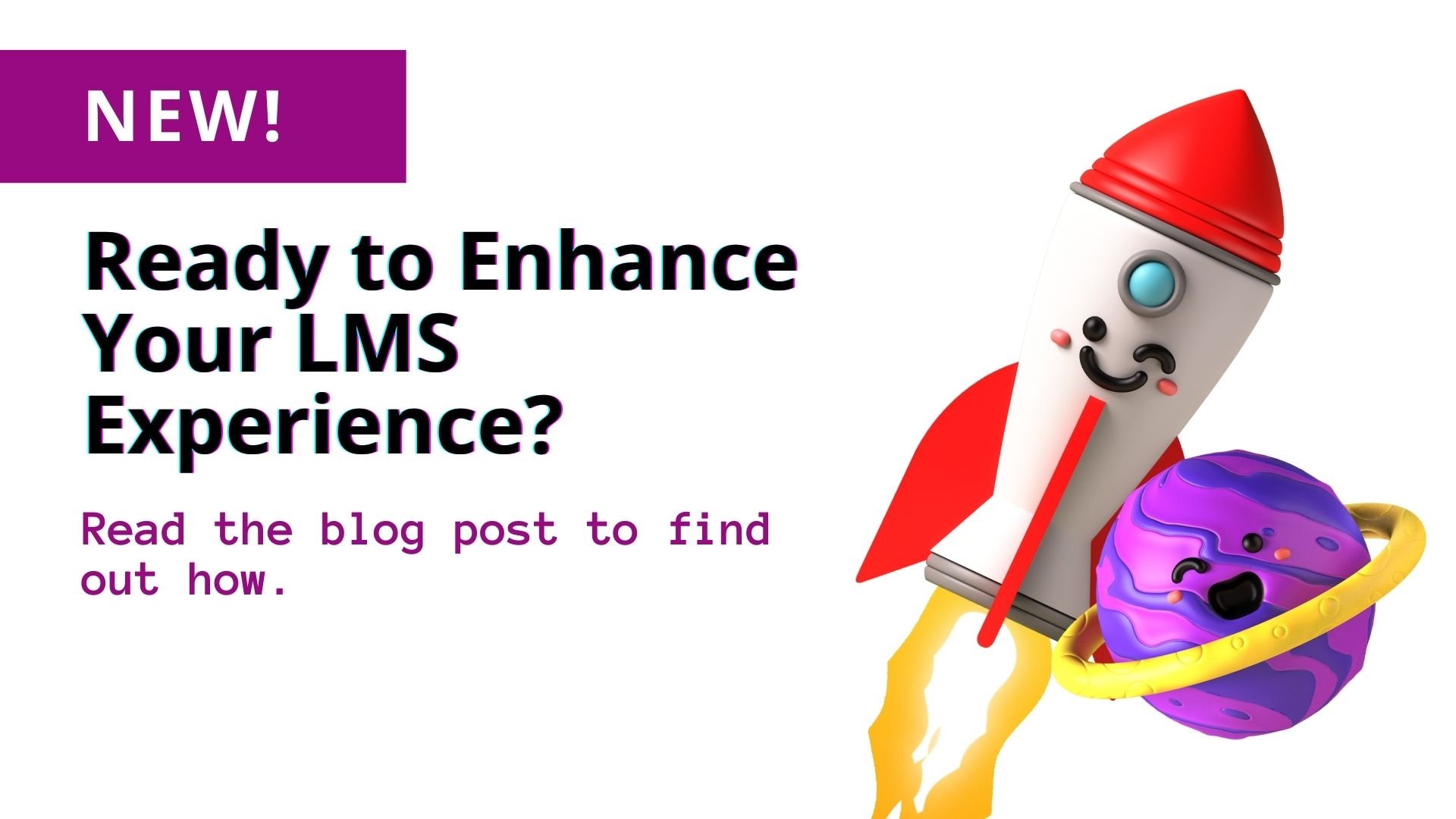Small, medium and large businesses all must train their employees. Much like oxygen to the human body, training keeps a business alive and well. Employee training helps businesses retain workers, develop current employees into future leaders, improve employee satisfaction, and boost revenue. It also improves workplace engagement. 5 Benefits of Training and Development1 stated,
“Regular training and development initiatives can prevent workplace idleness and in turn will help businesses establish regular re-evaluation of their employees, skills and processes. Furthermore, it will influence company culture by instilling an emphasis on planning and can prompt company analysis and planning as it requires employers to review existing talent and evaluate growth and development opportunities internally, rather than via recruitment.”
When employee engagement levels are high, workers are less likely to quit and more likely to be productive. Employee training is essential for businesses that want to ensure workplace engagement is satisfactory.
Why Employee Training Should Be Ongoing
Employee training shouldn’t just happen once or twice. It should be offered on an ongoing basis. When training is offered continually, it keeps workers’ skills relevant, combats disengagement, and reduces skills gaps. Specific types of ongoing training, such as customer service training, are especially important as they help employees keep clients and customers happy.
Ongoing training can also improve revenue for businesses. The Continu Blog2 explained,
“According to the Association for Talent Development, the return on investment of ongoing training can be rather remarkable. For one, companies that invest $1,500 or more per employee per year on training average 24% higher profit margins than their less ongoing training-oriented competitors. What’s more, compared to their competitors, companies that offer comprehensive ongoing training on a yearly basis enjoy 218% higher income per employee and generate a 6% higher shareholder return.”
All businesses should make it a point to provide employee training continuously. But what is the best way to offer employee training post-pandemic? An eLearning model tends to be the best option.
eLearning is the New Normal for Businesses
As time progresses, so should training. In past years, companies have primarily relied on in-person training models. This is no longer the case. Technology has taken on a life of its own and greatly influences corporate training. Also, the COVID-19 pandemic made in-person training impossible for many companies for a considerable amount of time. Many businesses are still not offering in-person training. In place of classroom-style training, there has been an overwhelming global shift to eLearning.
eLearning has the ability to meet a wide variety of business needs. Corporate eLearning can be created, delivered, tracked, and reported on with a learning management system (LMS). LMS mobile learning functionality makes it possible for organizational leaders to offer on-demand training, which is vital. Remote Training: 10 Best Practices We Learned During the Pandemic3 said,
“Navigating disruptions caused by the pandemic has made the flexibility of on-demand learning even more essential. Remote employees need training they can access at their own pace. Where employees once worked in the office, free of distraction from family, pets, and everyday life, many now manage all of these interruptions while juggling daily job responsibilities.”
Other LMS features, such as social learning, keep dispersed employees connected and make it easy for them to collaborate with their coworkers. LMS features like online LMS reporting and certifications give administrators the tools they need to manage employee training without hassle.
eLearning delivered via LMS meets individual needs that small, mid-size, and large businesses have. For example, a learning management system can accommodate smaller companies that have a need for flexible training.
An LMS Can Meet a Small Business’ Need for Flexible Training
Owners of small businesses often feel overwhelmed because of the sheer number of responsibilities they have. This is understandable. Small businesses do not typically have the capital or the resources that larger businesses have, yet they must accomplish their mission and stay afloat. An eLearning system can powerfully benefit a small business.
Amid all the training needs a small business has, the greatest is flexibility. Many small businesses have learned from experience that an eLearning system can provide them the flexibility they need in order to function. An eLearning system gives small business owners assurance that training is available to employees 24/7 in a flexible format. Also, an LMS can accommodate learners who need structured training.
Small businesses generally benefit most from an SaaS (Software as a Service) eLearning system. This type of LMS is updated by the provider and easy to maintain. It also tends to be more affordable than other eLearning systems. This is a major plus for a small business (or any business) on a strict budget.
eLearning Lightens the Workload for Mid-Size Businesses
It can appear that medium-size businesses have the best of both worlds. With healthy revenue streams and sizable workforces, these entities have more flexibility than large businesses and more capital than small businesses. Despite this, they typically have more work than smaller businesses.
Mid-size businesses often have intense production schedules and are competing with companies of all sizes. What they need more than anything is time. An eLearning system is designed to free up time for both administrators and employees.
Training new hires can eat up the time a mid-size business needs to maintain productivity. According to EHS Software4,
“61% of mid-size companies are planning to improve recruiting, retaining, training, and developing employees to maximize their workforce output...”
Because mid-size businesses are focused on growing their personnel, it is of utmost importance that effective training options are available to them. An eLearning system is a tool that enables these businesses to train their employees quickly and effectively, and in a way that promotes knowledge retention.
Ultimately, eLearning delivered through an LMS allows mid-size businesses to provide cutting-edge training without sacrificing product/service standards of excellence.
An LMS Improves a Large Business’ Bottom Line
For a large business, time is money. While these institutions may have a lot of money coming in, they also have a lot going out. These companies typically have huge budgets that are closely watched. This explains why a large company’s predominant need from an eLearning system is a better bottom line via cost-effective training.
Because it can have thousands of employees, a large business’ budget is easily overwhelmed with the costs of training. An eLearning system is a tool that keeps these costs reasonable for larger organizations.
A reported 40% of Fortune 500 companies5 have turned to eLearning options as part of cost-cutting strategies. And according to an IOMA study, “Corporations save between 50% and 70% when they replace instructor-based training with eLearning.”6
Although eLearning is an investment, it is a valuable one. It is estimated that companies gross about $30 for every $1 they spend on eLearning. An eLearning system can help large businesses meet their financial goals and improve their bottom line.
TOPYX LMS Can Meet Your Business’ Unique Training Needs
Whether a business is small, medium, or large, it will benefit from an LMS like TOPYX. TOPYX is a flat-rate eLearning system that boasts a full set of features, including but not limited to:
1) Mobile learning - Companies that adopt and support mobile technologies that their employees regularly utilize see higher engagement and success rates. With TOPYX mobile learning, learners can access content on demand, regardless of location or time zone. All a user needs for a superior learning experience is an internet connection and mobile device. Mobile learning promotes greater accessibility for all users, reasonable training costs for businesses, and increased productivity.
2) LMS reporting - Instructors, managers, and executives need to be able to access reports from their eLearning system quickly and efficiently. With TOPYX, administrators can easily navigate reports in their intuitive and customizable dashboard. The dashboard provides a comprehensive overview of key performance indicators, which help management teams track learner progress.
3) Social learning - Robust social functionalities are integral to any LMS solution for companies, enterprises, and organizations, and serve strategic business purposes. A few examples include accelerated content curation and knowledge sharing; enhanced productivity for remote teams; creation of sustainable learning communities; and ongoing support for both instructors and learners. TOPYX leverages the most comprehensive collaborative social learning capabilities available that encourage learners to be more engaged.
Request a free LMS demo of TOPYX to find out if it’s the right eLearning system for your business.
References:
1) Ottawa University. https://www.ottawa.edu/online-and-evening/blog/january-2021/5-benefits-of-training-and-development.
2) The Continu Blog. https://www.continu.com/blog/ongoing-training.
3) Big Think. https://bigthink.com/plus/remote-training/.
4) EHS Software. https://www.ehssoftware.io/why-mid-size-companies-need-e-learning-891.
5, 6) Learn Dash. https://www.learndash.com/the-explosive-growth-of-elearning/.




